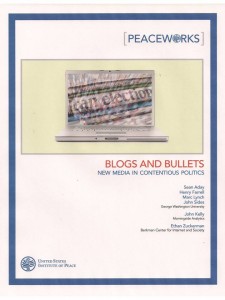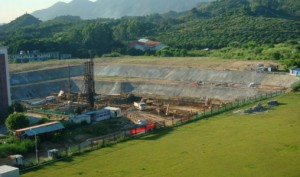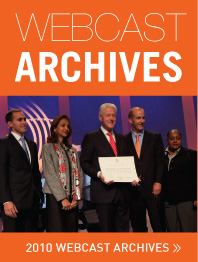http://shareable.net/blog/program-or-be-programmed
Shareable presents an excerpt from Program or be Programmed: Ten Commands for a Digital Age, Rushkoff’s introduction to his bold-yet-accessible work. On Tuesday, October 12, Shareable will run an exclusive interview with Rushkoff, followed with an online discussion on October 13 and 14 between Rushkoff and the entire Shareable community. We invite you to take part in the discussion of these provocative and compelling ideas.
When human beings acquired language, we learned not just how to listen but how to speak. When we gained literacy, we learned not just how to read but how to write. And as we move into an increasingly digital reality, we must learn not just how to use programs but how to make them.
In the emerging, highly programmed landscape ahead, you will either create the software or you will be the software. It’s really that simple: Program, or be programmed. Choose the former, and you gain access to the control panel of civilization. Choose the latter, and it could be the last real choice you get to make.
For while digital technologies are in many ways a natural outgrowth of what went before, they are also markedly different. Computers and networks are more than mere tools: They are like living things, themselves. Unlike a rake, a pen, or even a jackhammer, a digital technology is programmed. This means it comes with instructions not just for its use, but also for itself. And as such technologies come to characterize the future of the way we live and work, the people programming them take on an increasingly important role in shaping our world and how it works. After that, it’s the digital technologies themselves that will be shaping our world, both with and without our explicit cooperation.






